Sighisoara city's History Museum has an impressive pharmacy collection that presents the history of local medicine and pharmacy; on display are apothecary jars and bottles used to keep medicines starting from the 17th century, but also medical kits for surgery, gynecology, as well as an amputation set of tools used until the end of the 18th century.
Director of the Sighisoara Museum of History, Nicolae Tescula, told AGERPRES that the collaboration with a local pharmacist, Veress Laszlo, has helped reveal some extremely important data regarding the content of these pharmaceutical remedies and the way pharmacy has evolved.
The result of this collaboration is a bilingual Romanian-Hungarian catalog titled "Materia Medica" which presents the history of the centuries-old containers kept at the Pharmacy Museum in Sighisoara, a guide for each individual medicine prepared from combinations of plants and animal parts, and from where the public can learn what cures were used in the past for various ailments.
"Materia Medica" includes cures and medicines of plant origin (about 65 percent), mineral and chemical origin (21 percent), animal origin (9 percent), and of mixed origin resulting from the combination of the above (5 percent).
The pharmacists, who belonged to the city's upper crust, had their own apothecary at home, which also included the 'officina', i.e. the room where medicines were prepared, stored and dispensed for the sick.
From the Sighisoara museum one also learns that the pharmacopoeias from the 16th century, which included the description and formulae for the preparation of medicines, as well as the rules for their preservation and use, recommended mainly animal-derived components, the whole animal or parts of it (lung, fat, marrow, bone, hair, secretion), but also listed substances of human origin (urine, fat from an executed man, a mummy etc.).
Sighisoara's importance as a medical center ever since the 14th century is evident from the multitude of guilds that functioned here, as well as from the fact that monasteries were built here next to churches, where the sick were cared for.
"1461 is the year when St. Anthony's Church, the monastery and the care facility built at the south-western exit of the lower town, were mentioned for the first time (they were demolished at the end of the 19th century). They specialized in curing 'Saint Anthony's Fire', an illness caused by the ingestion of the rye ergot fungus - actually mass food poisoning caused by the fungus which was accidentally mixed with grain for bread-making. Apart from the Monastery of the Order of Saint Anthony, Sighisoara also had the Dominican Order, the Benedictine Order, the Jesuit Order etc. caring for the needy. In 1556, the inhabitants of Sighisoara switched to Lutheranism and most of the monks left the city. Their charitable role as healers was taken over by laypersons who had previously worked with the monks. The city had to provide hospitals and pharmacies for the residents. In 1575 there were already two hospitals operating here and it is inconceivable that they would not have had pharmacies to support them," it is shown in "Materia Medica".
"In the first part of the 18th century there were three pharmacies in Sighisoara: 'La Coroana', 'La Leul' (according to literary data, this was the first, dating from 1720) and 'La Vulturul'. The material of the city's Pharmacy Museum comes mainly from the latter. There are just few pharmacy museums in Romania to feature a rich collection, and these are all in Transylvania, in the following cities: Sibiu (the Pharmacy Museum and the Brukenthal Museum), Cluj (the Pharmacy Museum and the Museum of Transylvanian History), Sighisoara (as a section of the Museum of History), Brasov (the Museum of History), Oravita (the Knoblauch Museum). Outside the Carpathian area there are still eleven state-owned and eleven private collections in Bucharest, Craiova, Constanta, Galati, Braila, Pitessti, Focsani, Ploiesti (owned by pharmaceutical warehouses, universities, etc.)," the catalog also mentions.
The History Museum in Sighisoara was founded in 1899 by Dr. Joseph Bacon (1857-1941), who had pharmacist Andreas Wolfgang Lingner - the then owner of 'La Vulturul' - substantially contribute to the museum's inventory; on the occasion of the renovation of his pharmacy, Lingner donated the obsolete items to the museum for preservation and protection.

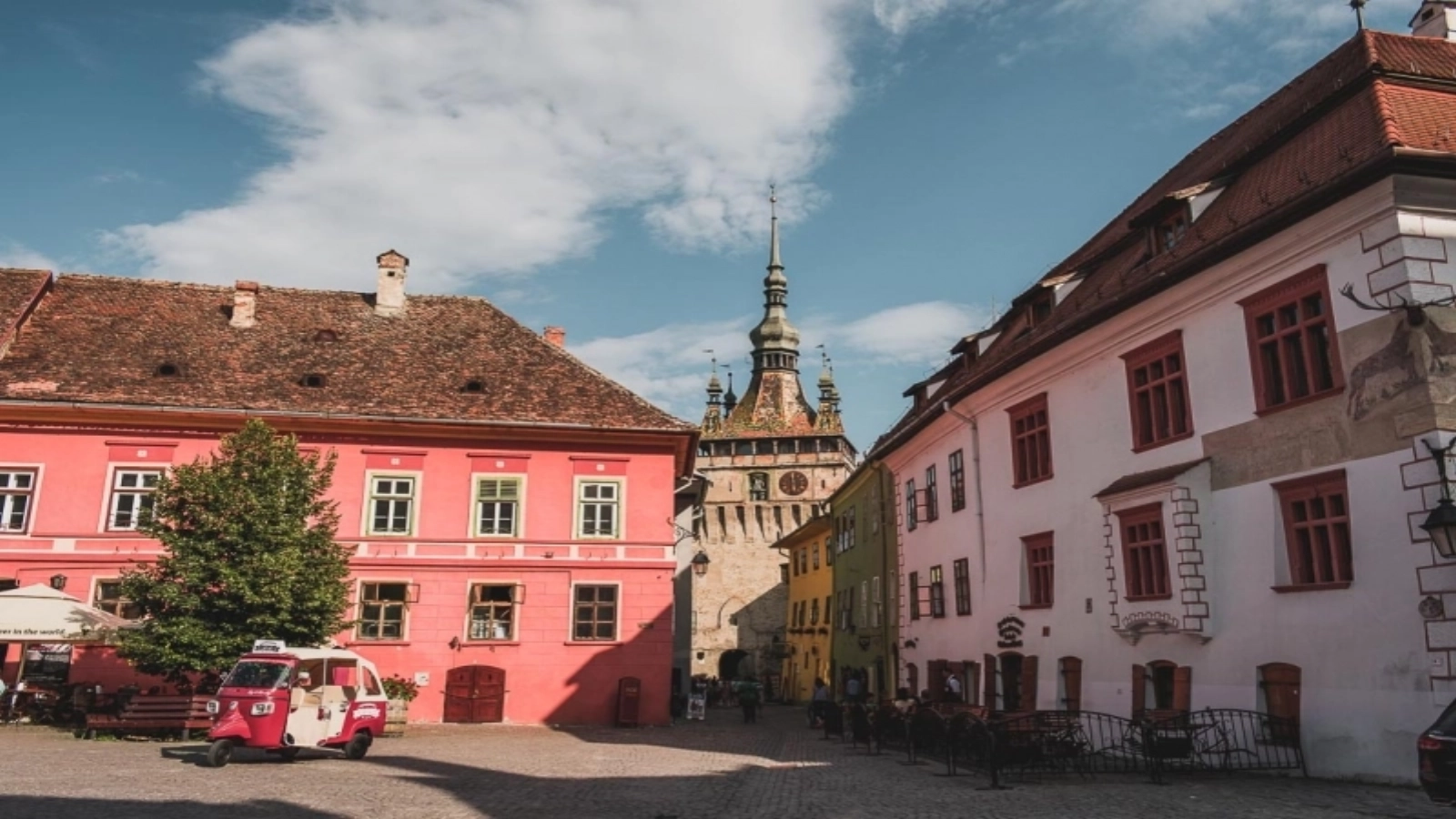



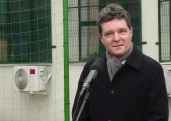




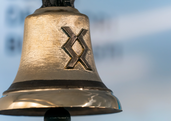


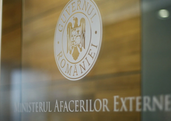






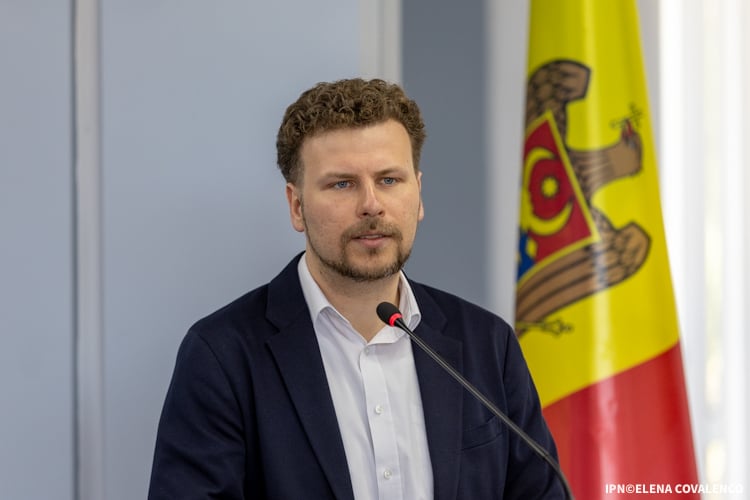

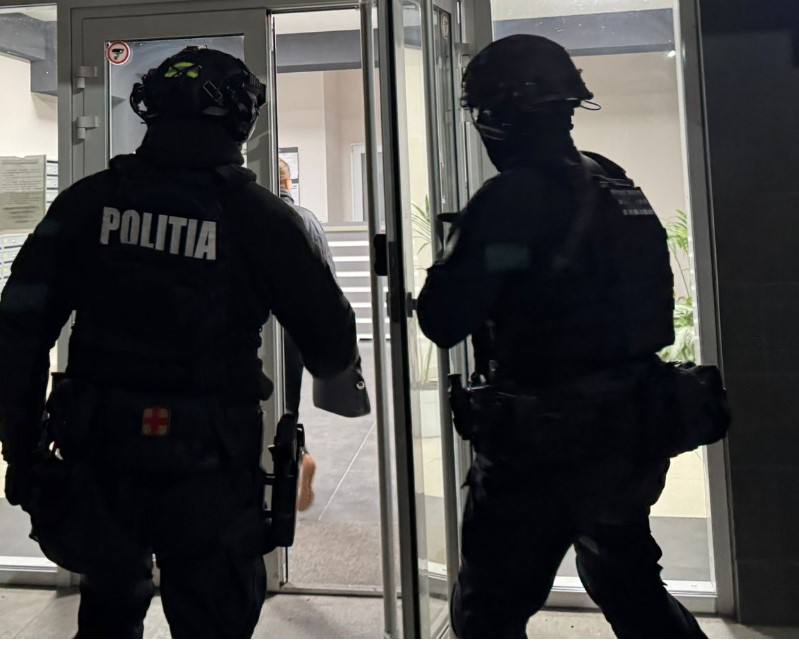







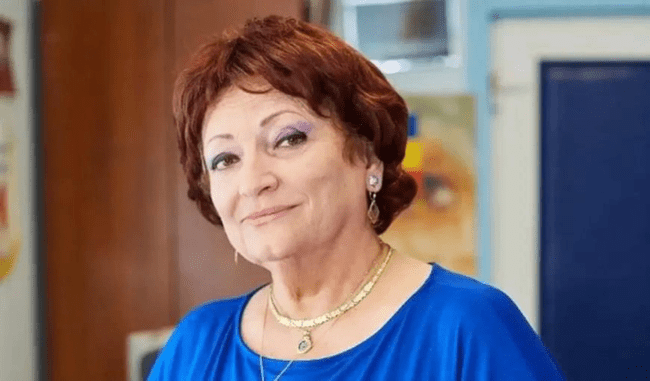

Comentează